Division Teaching Resources
Make teaching division simple this school year with printable worksheets, digital activities, word problems, games and more to help students understand how to divide and apply division strategies to math problems.
This teaching resource collection was created by the teachers on the Teach Starter team for elementary teachers, and each curriculum-aligned resource has been carefully reviewed and curated to ensure it's ready to use with your students! Explore long division activities, methods for explaining divisors and dividends and more, plus find differentiated resources to help you meet each student's needs!
Want to learn more about division, or looking for fresh ideas? Read on for a primer from our teacher team!
What Is Division? A Kid-Friendly Definition
Introducing division to your class? Let's start with a definition of this math operation that's easy for them to understand!
Division is the math operation that separates a group of items or values into equal parts. The division symbols used to represent the division operation are the ÷ or / symbols. Students will also learn how to divide with a long division bracket.
An example can help students understand this!
Let's say you have 10 apples, and you want to share them equally between 2 people. To do this, you can divide 10 by 2, creating the following problem:
- 10 ÷ 2 = 5
Using division, you determine that you can give each person 5 apples.
Division Terms
Launching into division in your math class involves plenty of new vocabulary words for your students to learn! Here are some of the terms you will want to start off with.
Dividend
The number that is being divided in a division problem is called a dividend.
Divisor
The divisor is the number that divides the dividend in a division problem.
Quotient
The answer to a division problem is called the quotient. This number represents the number of equal parts.
Remainder
The remainder in a division problem is the amount left over after dividing a dividend by the divisor that cannot be divided evenly.
Fact Family
A fact family is a set of related multiplication and division equations using the same three numbers.
Divisibility Rules
If you have a division problem where you want to know if there will be a remainder or not, these general rules will help you determine if the divisor can be divided evenly into the dividend. Some rules of divisibility include even numbers being divisible by 2, dividends that end with 0 being divisible by 10, etc.
Repeated Subtraction
What does subtraction have to do with division? This division method involves repeatedly subtracting the divisor from the dividend until the remainder or zero is reached.

A cartoon styling of the division symbol
What Is Long Division?
Long division is one type of division students learn in elementary school. This method is used to divide multi-digit numbers into smaller parts using a standard algorithm.
Long division looks a lot like a little house with a roof! You write the big number you want to divide inside the house, and you place the number you want to divide it by on the outside. Then you use subtraction and multiplication to figure out the answer.
What Is Decimal Division?
Just as the name implies, decimal division is a way to divide numbers that have a decimal point.
This math operation works just like regular division, but you have to move the decimal point over to make the numbers easier to work with.
For example, if you want to divide 3.6 by 2, you would follow the steps of decimal division:
- Move the decimal point in 3.6 over one spot to the right to make it 36.
- Divide that by 2 to get 18.
- Move the decimal point back over one spot to get the answer of 1.8.
What Is Area Model Division?
Area model division is a way to solve long division problems using partitioned boxes and multiplication. The process involves the following steps.
- Draw a rectangle large enough to vertically divide and write numbers as you work through the problem.
- Write the dividend on the inner left-hand side of the rectangle.
- Put the divisor on the outside part of the rectangle.
- Use your knowledge of multiplication to find a factor that can easily be multiplied by the outside number. This may be a multiple of 10 or 100. Write this number on top of the rectangle.
- Multiply the two factors (the number on the top and the side of the rectangle). Subtract this from the number inside the rectangle.
- Vertically partition the rectangle to create a new column. Write the difference from the first box in the newly created space. Repeat the process until you reach 0 or a remainder is left. Add the numbers that are on top of the rectangle to determine the quotient.
What Is Box Method Division?
Box method division is similar to how the standard algorithm works but is an alternative for students who may need a bit more structure when solving long division problems.
- To solve problems with this model, you will draw a box and vertically divide it into the number of places present in the dividend. For example, if your dividend is 852, you would draw a box with 3 columns.
- Place each digit from the dividend into its own column in your box. Place the divisor outside of the box on the left-hand side.
- The process is very similar to the standard division steps (divide, multiply, subtract, bring down), but rather than students bringing down the number after subtracting, this number is carried over to the next column and placed before the digit in that box.
- Once you are finished, the numbers on top of the box, put together, are the quotient (and any remainder you may have).
What Is Partial Quotient Division?
If the quotient is the answer to a division problem, what is partial quotient division? This is a handy way to divide numbers by breaking them down into smaller pieces.
Here's how it works:
- Set up the long division problem with your "division house" and draw a long vertical line down from the "roof" of the house. This will give you space to write down the number of times the divisor can "go into" the dividend.
- Divide the big number by a smaller number that's easy to work with, such as a multiple of 10 or 100. Write this number on the right side of your vertical line.
- Multiply it with your divisor and write it under the dividend.
- Subtract the two numbers and repeat the process until you reach 0 or there is a remainder.
- The total of the partial quotients along the right-hand side (and any remainder) is the final answer to your division problem!
- Plus Plan

Dominate the Dragon – Mental Math Worksheets
Capture your students' interest in math drills for all four operations with these fun dragon-themed differentiated math worksheets.
- Free Plan
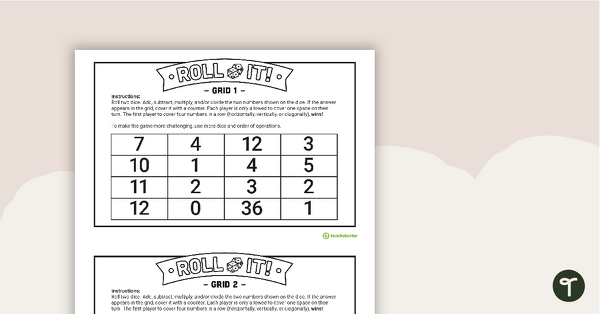
Roll It! Operations Game
Use this fun game to practice all four operations and/or order of operations.
- Plus Plan
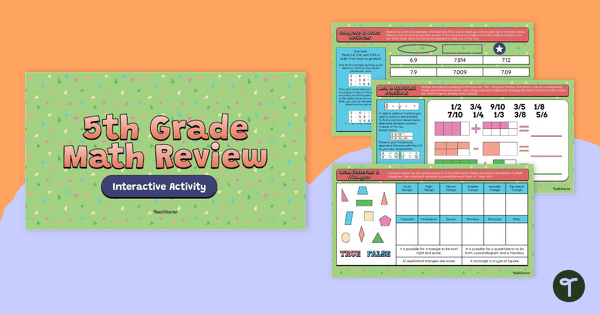
5th Grade Math Review – Google Slides Interactive Activity
Review important 5th-grade math standards with a student-led interactive activity that covers 12 different mathematical concepts.
- Free Plan
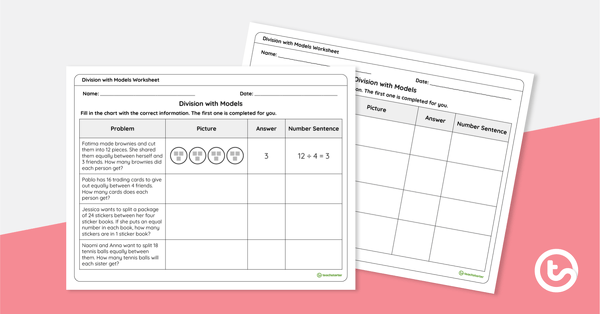
Division with Models Worksheet
Complete 8 division word problems by representing dividends as numbers, pictures, and number sentences.
- Plus Plan
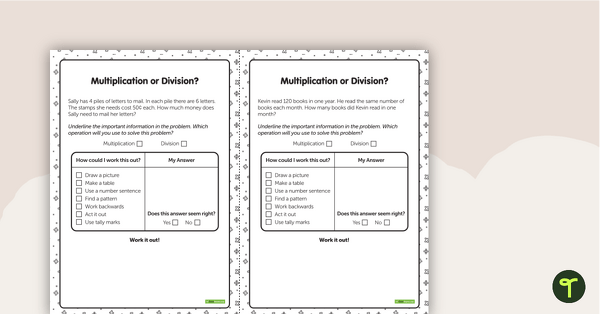
Multiplication or Division? Problem Solving Cards
20 multiplication and division problem solving cards.
- Plus Plan
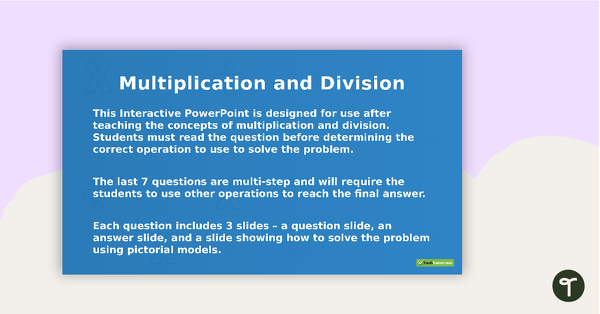
Multiplication and Division - Which Operation Is It? – Interactive PowerPoint
An interactive 64-slide PowerPoint to use when learning to solve multiplication and division word problems.
- Plus Plan
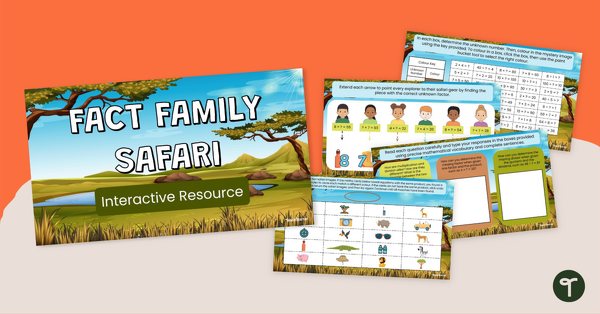
Fact Family Safari (Multiplication and Division) Interactive Resource
Go on a colorful safari adventure with your students and help them solve interactive challenges whilst learning about multiplication and division fact families!
- Plus Plan

Division Dragon – Worksheet
Division doesn't have to be boring! Let your pupils practise with our fun differentiated dragon division worksheets.
- Plus Plan
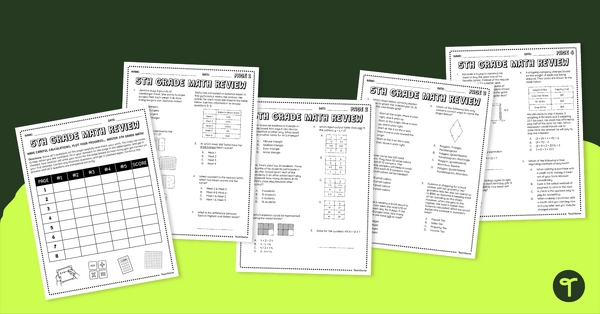
5th Grade Math Review – Test Prep Packet
Encourage your students to work through 8 pages of 5th-grade math problems while charting their progress to measure their success.
- Plus Plan

Long Division Strategy Posters
Use this set of 4 posters when teaching different long division strategies.
- Plus Plan
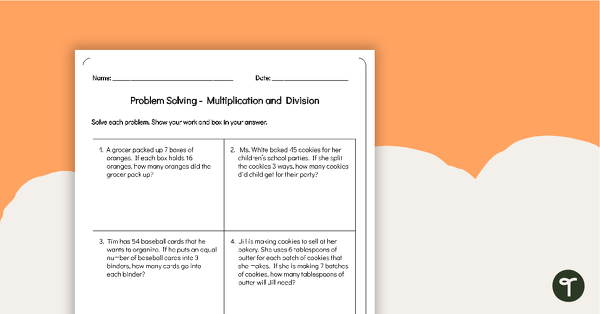
Problem Solving - Multiplication and Division Worksheet
Practice solving word problems using one-step division and multiplication.
- Plus Plan
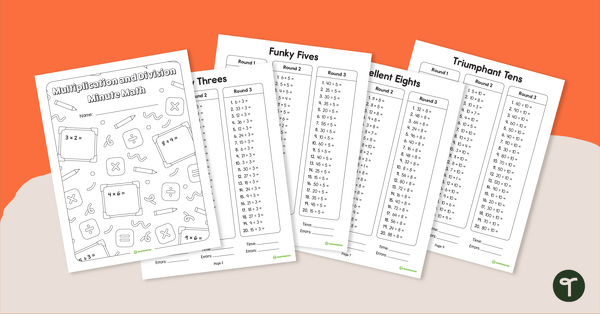
Multiplication and Division Minute Math Booklet
Warm-up (or assess) with this 10-page booklet of multiplication and division drills.
- Plus Plan
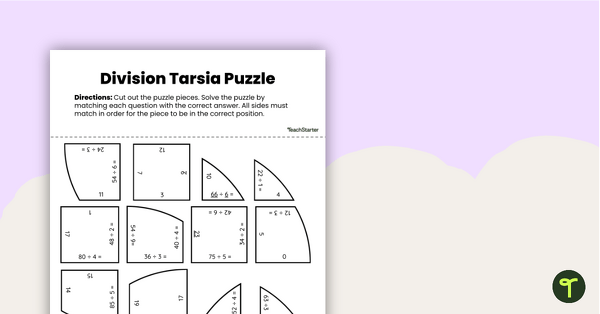
Dot Day Division Tarsia Puzzle
Practice dividing two-digit by one-digit numbers with a Dot Day tarsia puzzle.
- Plus Plan
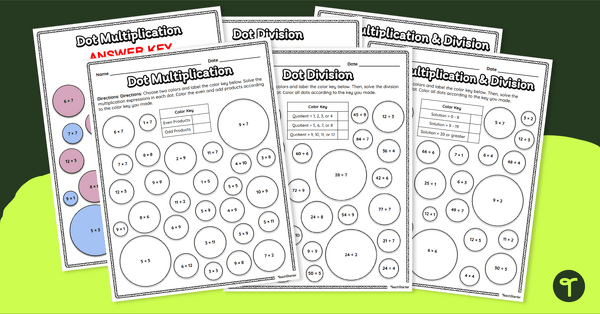
Dot Day Multiplication and Division Color By Number
Integrate Dot Day concepts into your math lessons with printable Dot Day Multiplication and Division color-by-number worksheets.
- Plus Plan
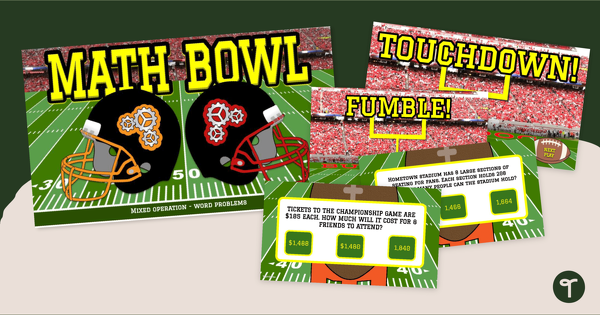
Math Bowl - Mixed Operations Word Problem Game
Score a mathematical touchdown with by solving addition, subtraction, multiplication, and division word problems with an exciting football math game.
- Plus Plan
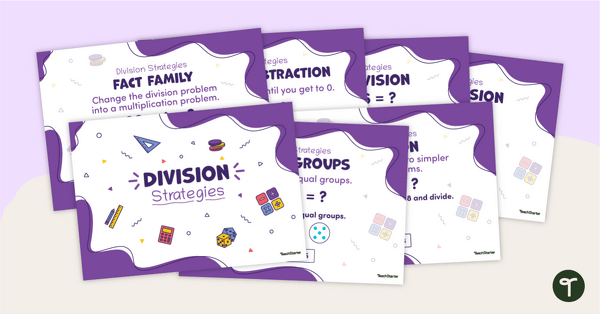
Division Strategies Poster Set
Use this set of printable classroom posters when teaching different division strategies.
- Plus Plan

The Escape From Millbrook Manor – Halloween Escape Room
Practice computation skills by solving puzzles with this differentiated Halloween escape room game.
- Plus Plan
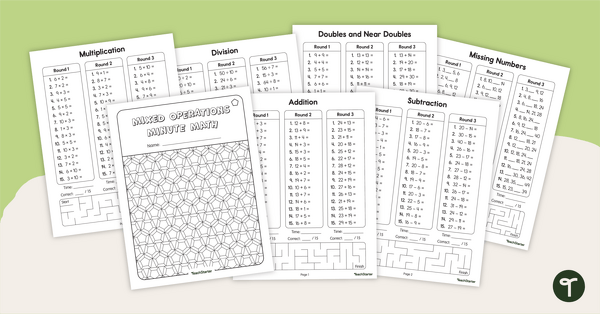
Mixed Operations Minute Math Booklet (Lower-Level Version)
Jump into your math lessons with this ten-page mental math booklet covering the four operations and number patterns.
- Plus Plan
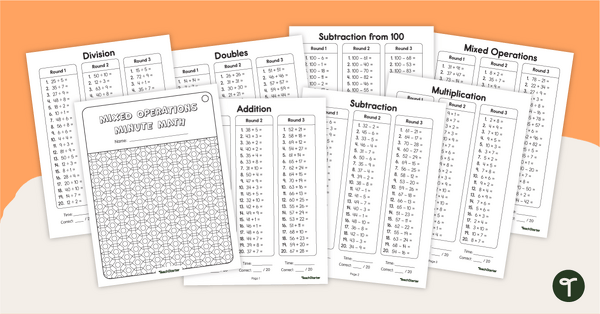
Mixed Operations Minute Math Booklet (Higher-Level Version)
Incorporate this mental math drills booklet into your math lesson warm-up (or assessment) routine.
- Plus Plan
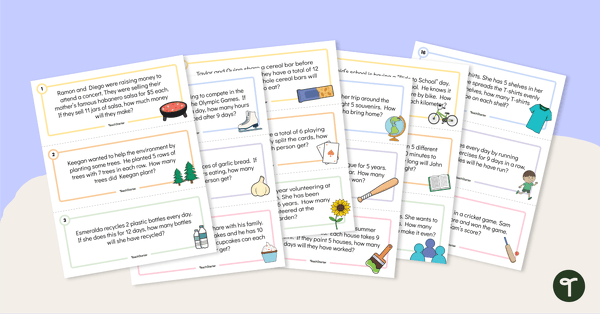
Multiplication and Division Word Problems Task Cards (Facts of 2, 5, and 10)
Use a range of strategies to solve multiplication and division problems with 2, 5, and 10 times tables.
- Plus Plan
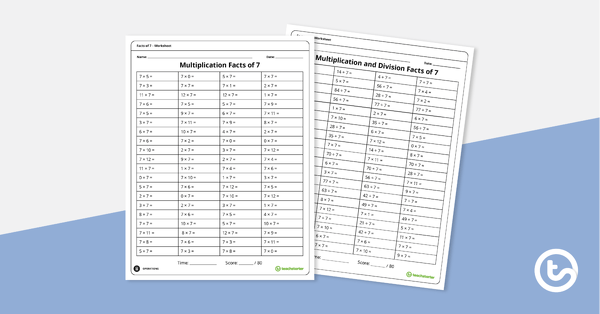
Multiplication and Division Worksheets – Facts of 7
A set of worksheets to help students develop fast and accurate recall of the facts of 7.
- Plus Plan
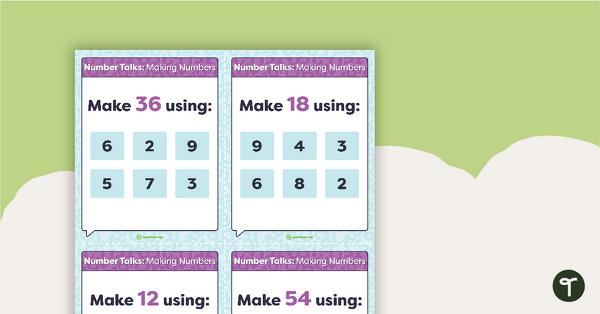
Number Talks - Making Numbers Task Cards
Build number sense skills with this set of 20 task cards.
- Plus Plan
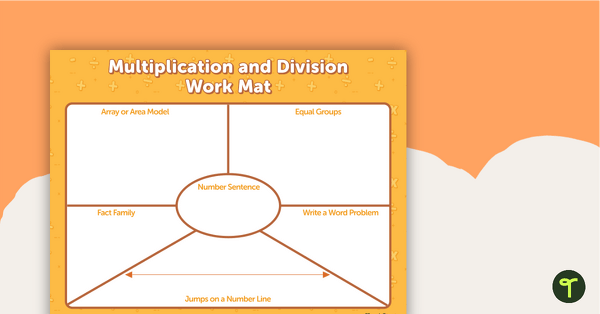
Multiplication and Division Work Mat
Practice multiplication and division concepts with this work mat for students.
- Plus Plan
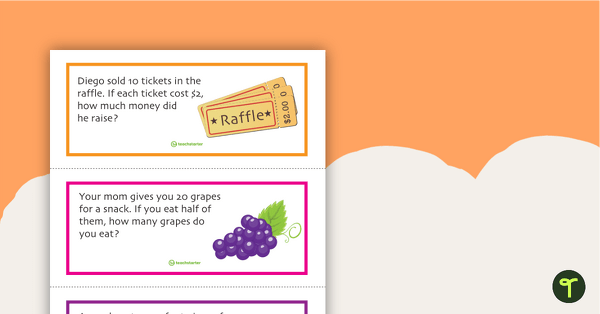
Basic Multiplication and Division Word Problem Task Cards
21 word problem task cards to use when learning to differentiate between and model multiplication and division situations.
- Plus Plan
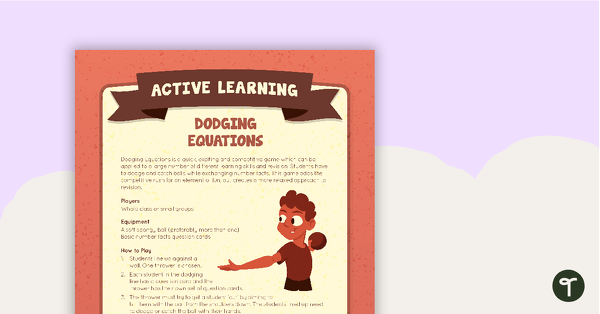
Dodging Equations Active Learning
A whole class active game that encourages learning through a physical setting.
- Plus Plan
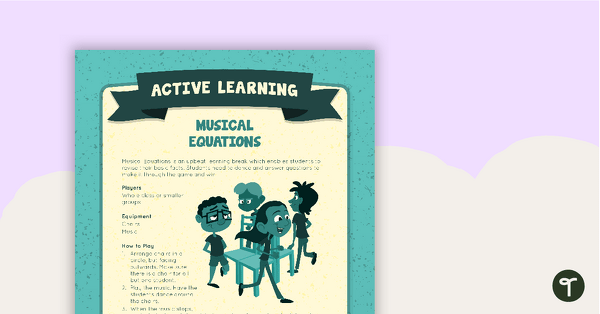
Musical Equations Active Learning
A whole class active game that encourages learning through a physical setting.
- Plus Plan
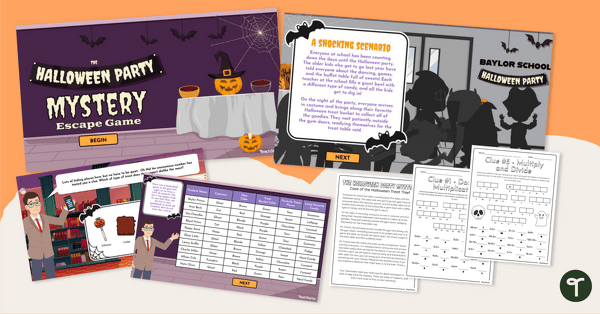
Halloween Escape Room - The Missing Treat Mystery - Multiplication and Division Facts
Solve the mystery of who stole all the treats from the Halloween Party with an interactive Halloween Escape Room featuring multiplication and division.
- Plus Plan
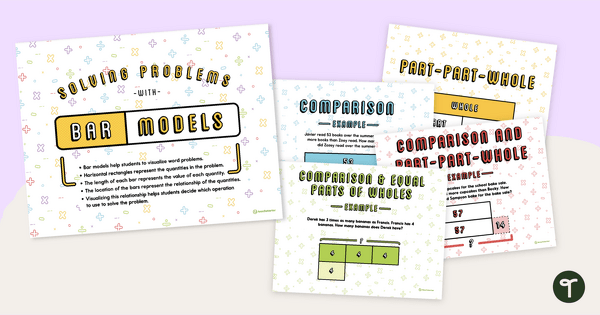
Strip Diagram (Bar Model) Poster Pack
Help your students solve problems using the four operations with a pack of printable strip diagram anchor charts.
- Plus Plan
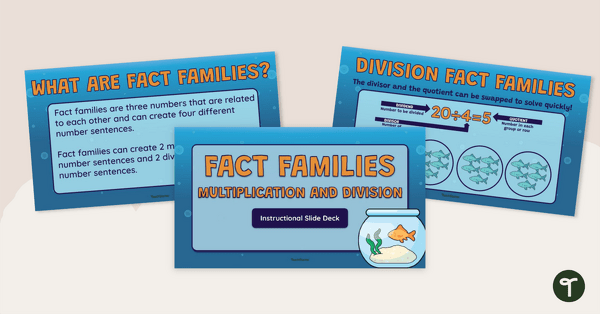
Multiplication and Division Fact Families Teaching Presentation
Introduce your students to multiplication and division fact families with this 18-page editable instructional slide deck.
- Plus Plan
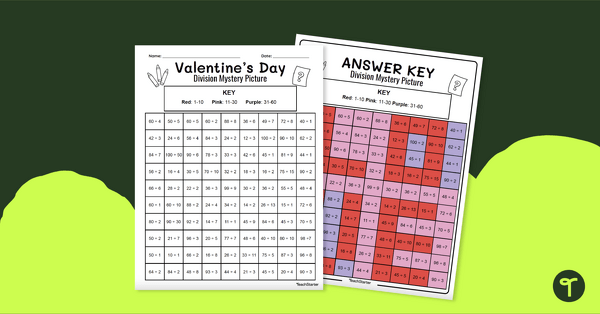
Color-By-Number Valentine's Day Division Worksheet
Practice two-digit division with a Valentine's Day color-by-number worksheet!
- Plus Plan
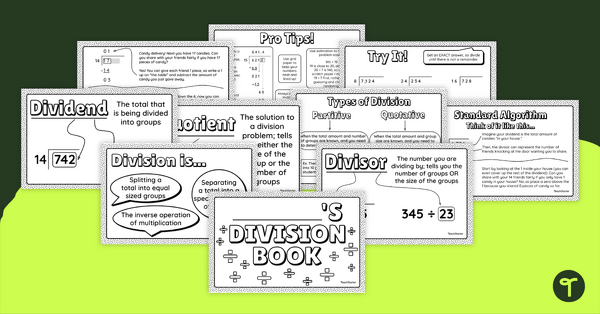
Long Division Mini-Book
Learn how to use the standard algorithm for division when dividing by double-digit divisors with this mini-book.
- Plus Plan
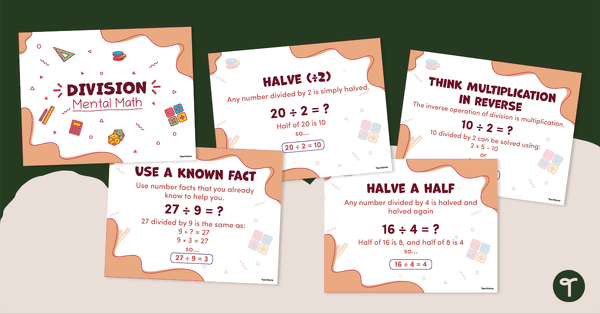
Mental Math Division Posters
Use this set of division posters in your classroom when teaching different mental math strategies.